Clever! Why Are Seed Banks Important In Maintaining Biodiversity
Just as humans have specific genetic traits so do plants. Seed banks are a conservation measure for plants.

Seed Banking And Its Benefits The Permaculture Research Institute
Seeds on seeds on seeds.

Why are seed banks important in maintaining biodiversity. This means that plants designed for different climates will not go extinct as the worlds ecosystem changes. Hence it is a type of gene bankThere are many reasons to store seeds. Also see loss of biodiversity.
A Filipino seed bank was wiped out by a typhoon in 2006. Gene banks are meant to protect biodiversity yet they themselves are in. Community seed banks are also important in promoting and sustaining the cultivation of a variety of crops.
Orphan crops such as cassava are an important part of a seed bank. Seed banks are created to maintain and protect biodiversity where samples of all species are collected and stored. This could be used if the need arises to save an endangered plant species.
Native Seed SEARCH. These seed banks are also essentially ensured since there are backup collections of all seeds at. Back then seed banks protected seeds from animals and extreme weather.
How is the Creation of Gene Banks Going to Help Preserve Biodiversity. Seed banks are a conservation measure for plants - they are buildings in which seeds are stored so that new plants may be grown in the future even if naturally the plants are extinct. One is to preserve the genes that plant breeders need to increase yield disease resistance drought tolerance nutritional quality taste etc.
This diversity is important for the survival wild animals and plants and also for the future of agriculture. Of cropsAnother is to forestall loss of genetic diversity in rare or imperiled plant. And just as humans have evolved and adapted to specific conditions over time so have plants.
A seed bank also seed banks or seeds bank stores seeds to preserve genetic diversity. This is just one example of why seed conservation and Gene Banks are so important. Today we store seeds for different reasons.
They take up little space and they also can remain viable as long as their surroundings are kept at a low temperature. This has implications for population and community dynamics as recognised by ecological and evolutionary theory. Researchers at the seed bank can test centuries-old plants for medicinal purposes assess horticultural value and produce more seeds to increase global biodiversity.
Seed banks preserve the genetic diversity of the plants in the world. Allow the processes of both natural and human selection to continue as part of the agricultural production system. Seed banking is a great way to conserve plants because their small size provides a very convenient and cheap way to store plant genetic material.
Kews long-term goal is to house seeds from 25 percent of the worlds bankable plants by 2020. A Baghdadi seed bank was destroyed during the war in Iraq. The most essential reason is crop diversity.
Seeds are carefully stored so that new plants may be grown in the future. A seed bank stores seeds from both domestic crops and wild plants. Genebanks repositories of genetic material germplasm of plants or animals play a critical role towards a two-pronged goal.
Soil seed banks offer plants the possibility to disperse through time. Location of Seed Banks. By making seeds of both local and improved varieties available community seed banks can therefore contribute to the maintenance of more genetic diversity in.
These saved and viable seeds contain a treasure trove of useful genes that breeders can use for developing improved varieties of our major food crops. Seed banks are an example of a gene bank. With plants unfreezing preserved material and artificially propagating it can be used to regrow chosen plants.
Housed in the nondescript office buildings of the Ethiopian Biodiversity Institute are a series of cryogenic vaults that together contain the largest and most important collection of plant seeds. Many biodiversity organizations encourage farmers to grow heritage and heirloom crops on parts of their farms so that they do not die out. The following pages look in more detail at the role of Zoos and Seed banks in preventing genetic loss.
In contrast the conservation and restoration literature often find seed banks to be depauperate weedy and without much conservation value or restoration potential. Are repositories of local genetic diversity that is often adapted to prevailing climate conditions including biotic stresses such as crop pests. Seed banks protect and save plant genetic diversity which is important for a number of reasons.
Droughts pests and diseases. I making the germplasm available for researchers plant breeders and farmers in the short term and ii ensuring that the genetic material for future food supply are preserved in the long term. Gene banks for animals and plants are vital for maintaining and preventing the loss of Genetic Diversity.
During World War II the Vavilov seed bank in Leningrad was only saved because a group of botanists chose to starve to death during a 900-day siege rather than eat the seeds they were guarding for future generations. In case seed reserves elsewhere are destroyed the seed bank is opened to provide seeds to farmers at defined quantities for growing plants. A seed bank is a type of gene bank where seeds of different crops and rare plant species are stored for future use.
Why more biodiversity means more food security Seed banks and libraries provide an important resource for farmers hoping to hedge their bets in times of uncertainty. From Lack Of Diversity To Lack Of Funding Seed Banks Face a World Of Challenges. Because seed banks are meant to store a large and diverse variety of crops they play a very important role in the conservation of crops.
In the United States there are 20 registered seed banks alone. Protecting species by removing them frm their environment into a safer place eg animals to a zoo plants to a seed bank Why are seed banks important They conserve stores of plant species and their genes so that they can be reintroduced if they ever die out in their natural environment. Seed banks are located everywhere.
Many botanic gardens contain seed banks to help preserve endangered species.
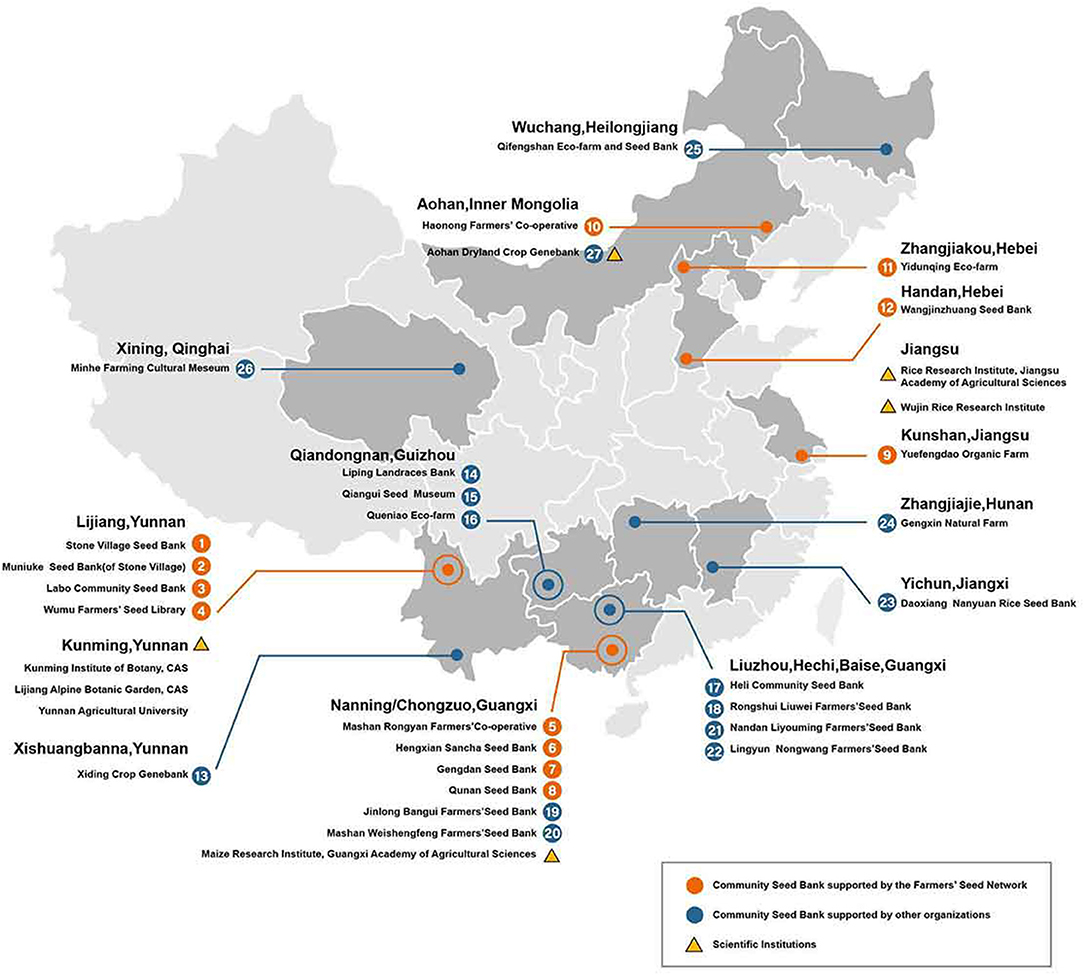
Frontiers Community Seed Banks In China Achievements Challenges And Prospects Sustainable Food Systems

Biodiversity Seed Banks In India Rice For Diabetics Craft Beer Seed Bank
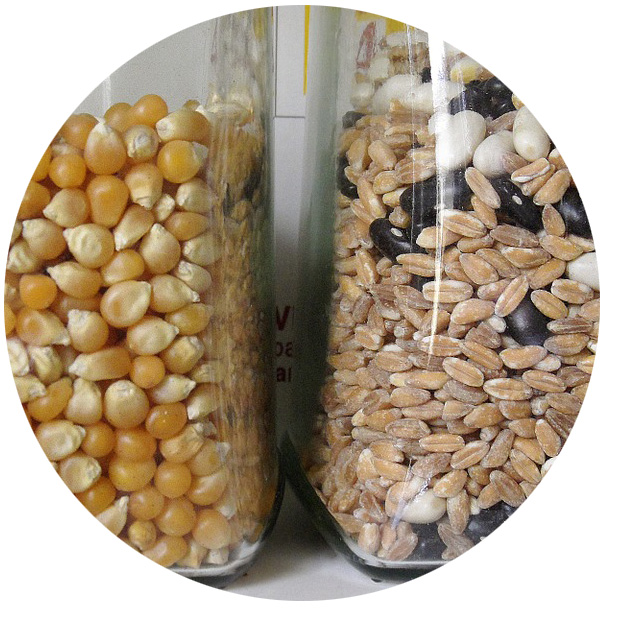
Seed Banks Kidsgardening Garden Lesson Plans

Seed Banking And Its Benefits The Permaculture Research Institute

Factors Enabling Greater Local Cooperation In Natural Resource Management Natural Resource Management Resource Management Natural Resources

Innovation Landscape Infographic Energy Transformations Innovation Paris Agreement

Why Is It Important To Have Seed Banks And Seed Access Sustainable Secure Food Blog

Wheatley Quote Garden Quotes September Quotes Garden
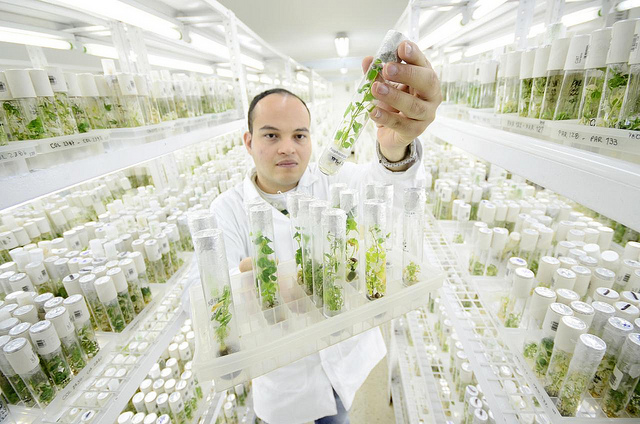
Seed Banks Importance For The World The Borgen Project

Biodiversity Seed Banks In India Best Fruits Eating Organic Herbal Cure
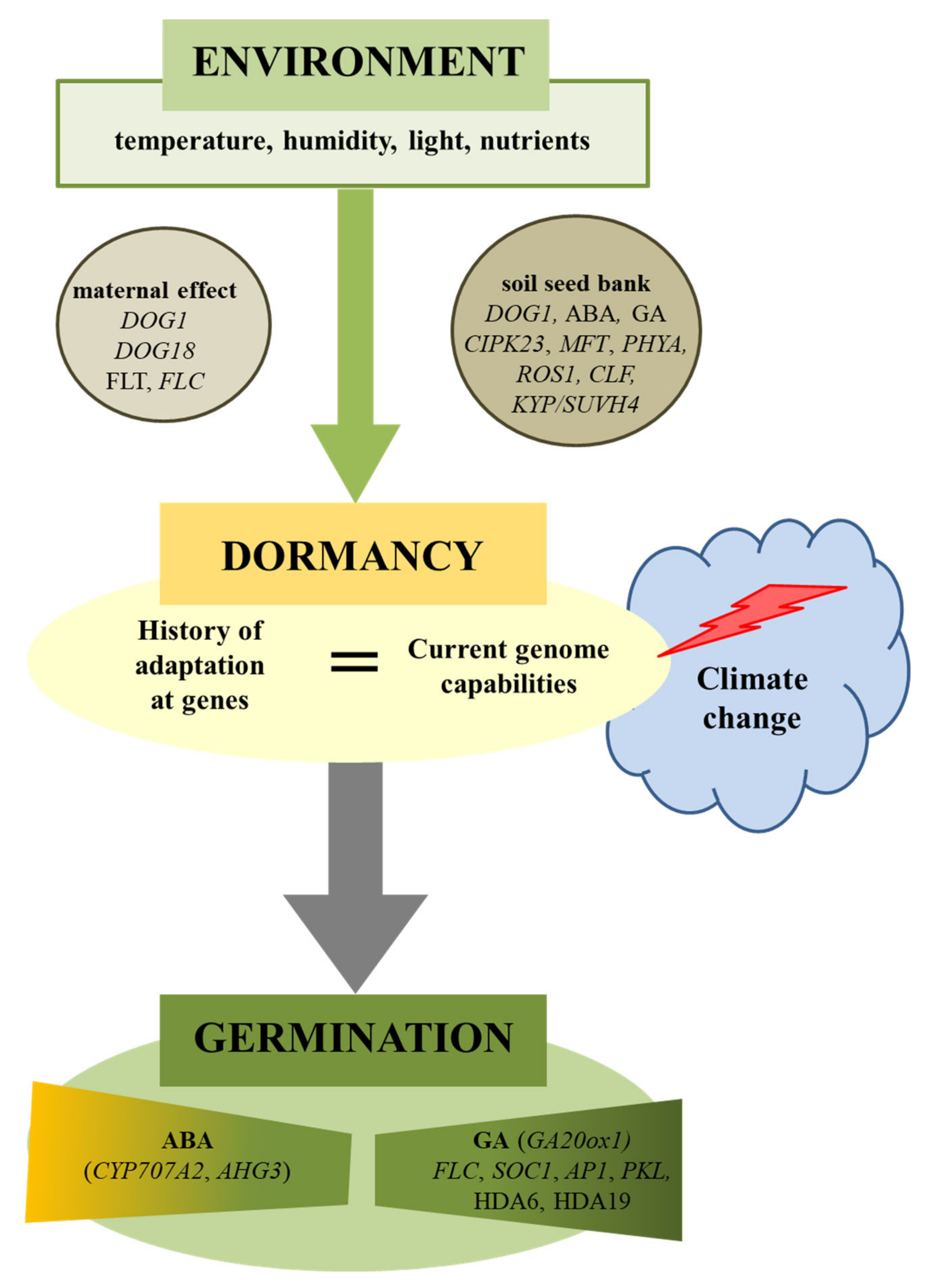
Ijms Free Full Text Regulation Of Seed Dormancy And Germination Mechanisms In A Changing Environment Html

Seed Banks Help Build Biodiversity Resilience In The Face Of Disaster Global Resilience Institute

Seed Banks Help Build Biodiversity Resilience In The Face Of Disaster Global Resilience Institute

The Unique Role Of Seed Banking And Cryobiotechnologies In Plant Conservation Walters 2021 Plants People Planet Wiley Online Library
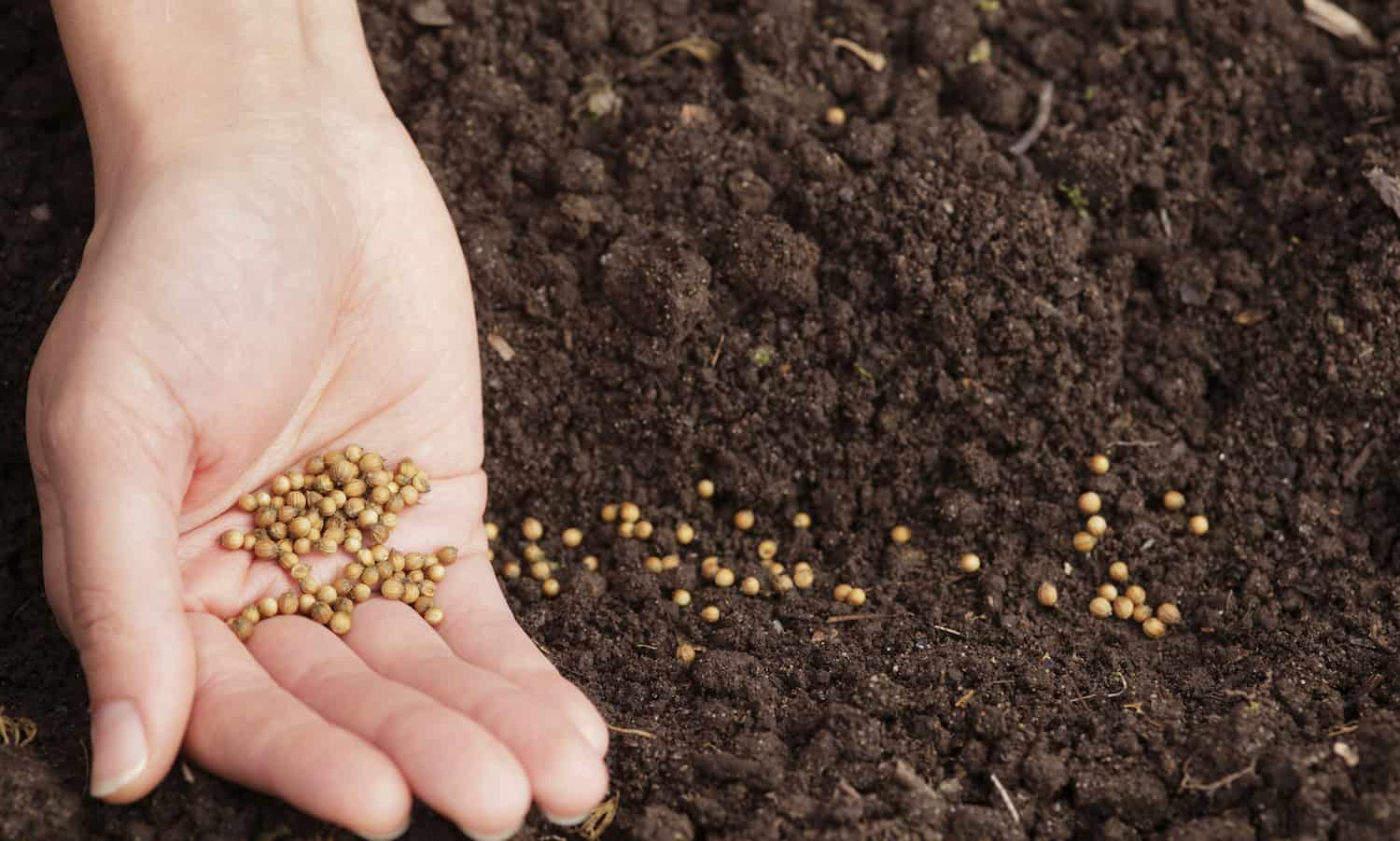
Twenty Seed Saving Initiatives Preserving Biodiversity Around The World Food Tank
Climate Smart Community Seed Banks Conserve And Share Essential Farm Biodiversity Resources

Pin By Architecture Intelligence On Infographic Seed Vault Svalbard Island Seeds

Why Is It Important To Have Seed Banks And Seed Access Sustainable Secure Food Blog

Why Is It Important To Have Seed Banks And Seed Access Sustainable Secure Food Blog
